Kitakyushu: Fashionably Retro
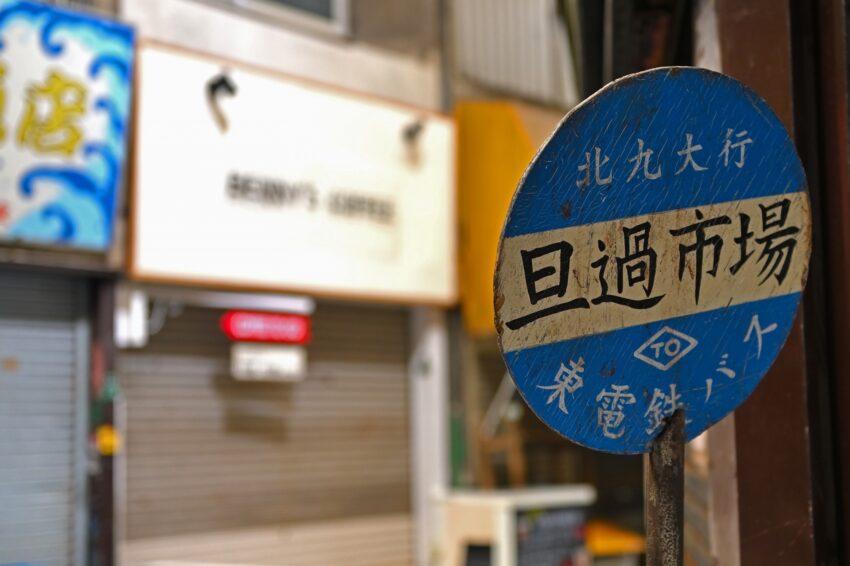
Five years ago, I first came to Japan, and I called the city of Kitakyushu home for two years. It is a city on the northern coast of Kyushu, neighboring Shimonoseki in Honshu. The second heart of the industrial heartland of Japan, with the other being Hiroshima. Kitakyushu was the source of most of Japan’s heavy industrial machines and raw materials.
Though over the years, like in many countries, manufacturing had slowed down, and the city’s population had decreased. This left Kitakyushu in a limbo, with new construction and immigration stagnant, and its old cityscape remaining mostly unchanged. This has left it with a sort of charming “retro” look, one which the city has acknowledged and embraced!
(Tanga market in Kokura, Japan Travel All subsequent Photos are my original work)
Kitakyushu is split into several parts: Kokura, Yahata-nishi, Koura-minami, Moji, Mojiko, and several others. The best places to visit are Kokura and Mojiko, simply because they are the most tourism oriented. Though that’s not to say you can’t find anything to do in the other parts!
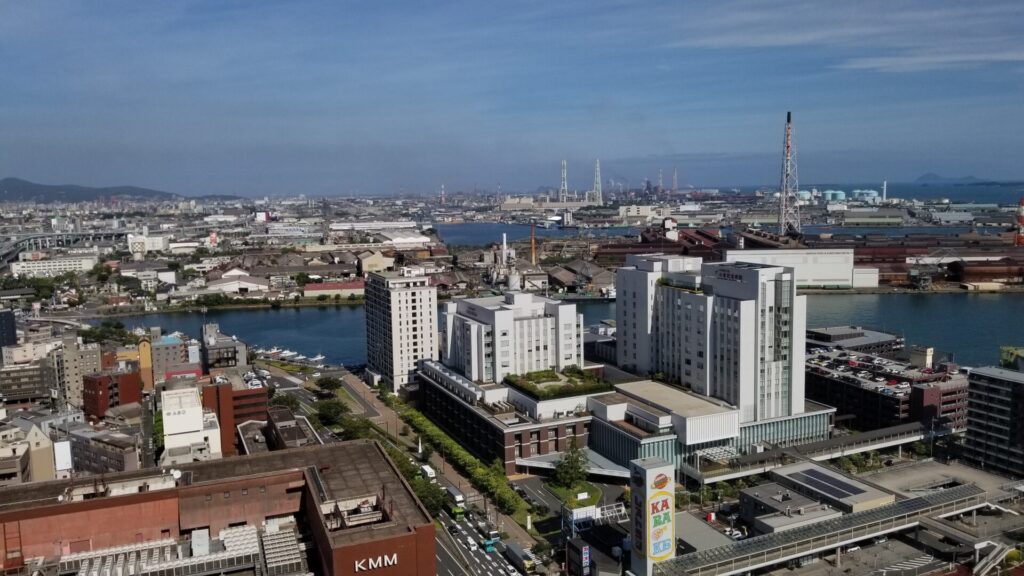
Kokura is the heart of Kitakyushu and used to be its own city in the earlier half of the twentieth century. It is the home of many old factories and ports. Many of which can still be seen from high above, creating patches of bright orange rust. This was where a large amount of Japan’s 19th and 20th century industrialization took place.
So, to honor this fact, many older buildings have been preserved (a rarity in modern Japan!) and example of Meiji-era architecture can still be seen. Most of these classical buildings can be found in Moji and Mojiko and are what we would call “Victorian” style in the west. Mojiko in particular has several examples of this style of architecture, this includes Mojiko station, the former Ministry of railways headquarters, and several manors and older corporate offices which are open to the public. You might even see cosplayers doing a themed photo session!
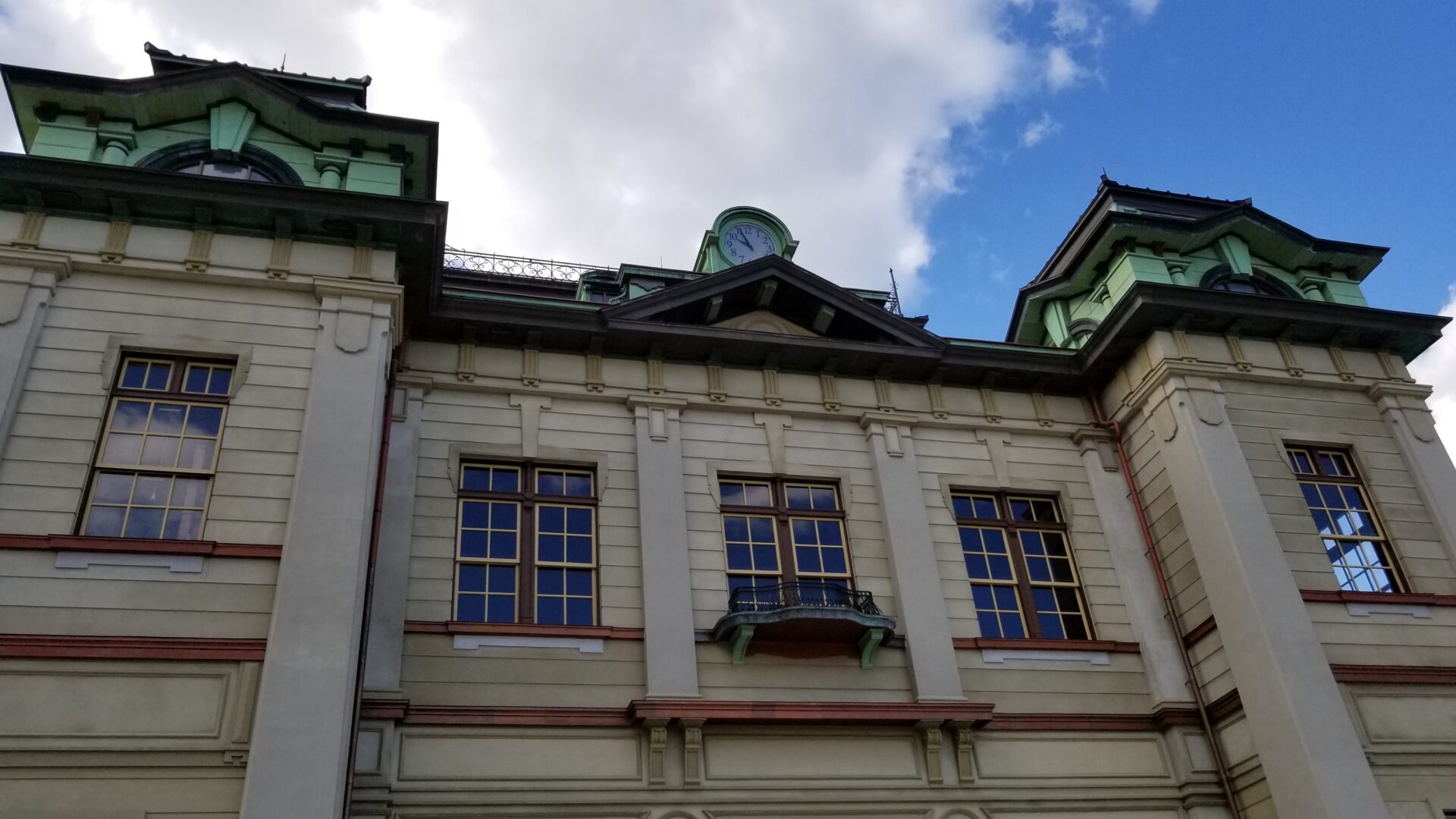
Heading back to Kokura now, we have the rest of our attractions. This includes Kokura Castle, Kitakyushu Natural History Museum, and Aru Aru City!
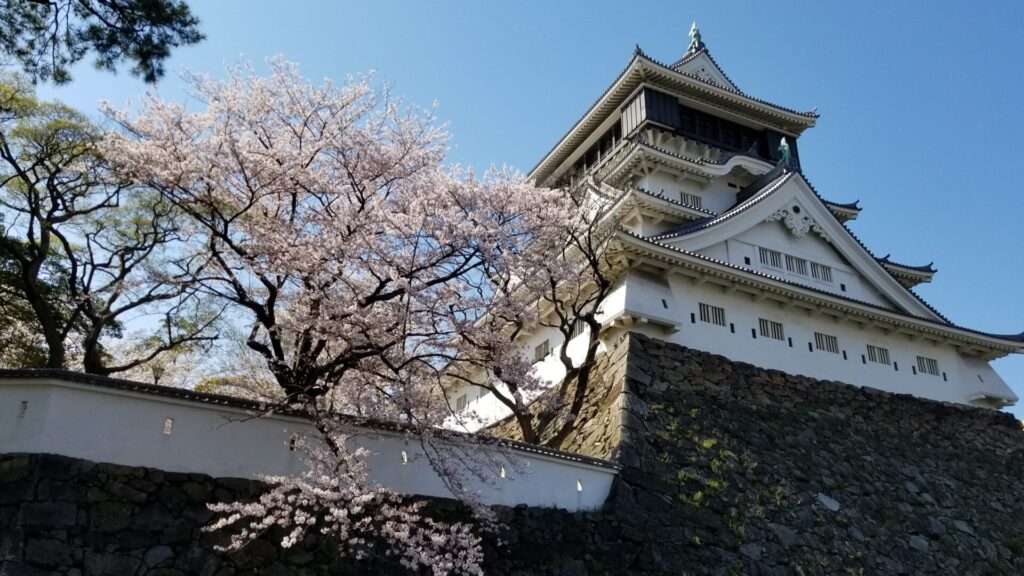
Kokura Castle was built around the 17th century to guard the roads between Kyoto and Hakata, it has been the sight of many residents for centuries only to meet an untimely demise. During the war, the castle had taken a direct hit from a bomb and was completely demolished (you can see a difference in the castle foundation from the original stones). The castle was rebuilt in the 1950s to how the city residents remembered it, and it is now the heart of tourism in the city.
Every summer sees festivals at the castle, with food stands and firework shows every year. Concerts are sometimes held, and the castle and its garden offers a superb cherry blossom viewing in Spring! I strongly recommend you come here for the Springtime, the tree coverage is dense and it makes you feel like you are in a historical movie!
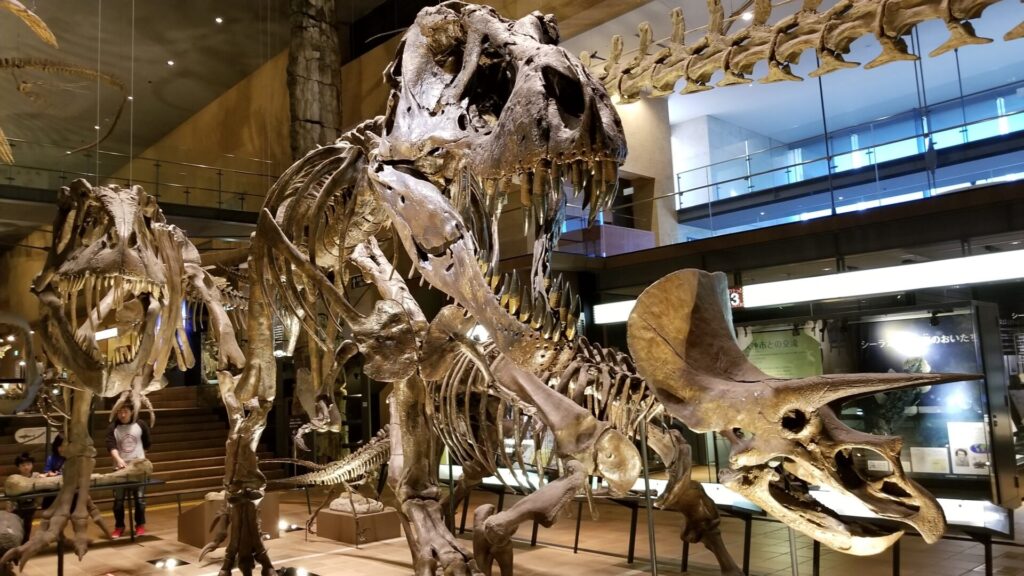
The Kitakyushu Natural History Museum is home to several Dinosaur skeletal casts and samples of Kyushu’s native wildlife! You can even see dinosaurs which lived in Kyushu, such as the predator Kyushuvenator (name pending). The museum is located at Spaceworld station, which is named after the former amusement park which was demolished during my first year in Japan. There are moon rocks from the former park in the museum (donated by NASA!).
Closer to Kokura Castle is the Riverwalk mall and Aru Aru City. Aru Aru City is located just next to Kokura station and is convenient for any otaku traveler to reach. It has a dedicated manga museum with rotating exhibits, and galleries of manga made in foreign countries! There are also many specialty stores for games and manga in the building, and even a cosplay studio! So, if you like collecting manga or vintage video games, I think you’ll be spending quite a lot of money here.
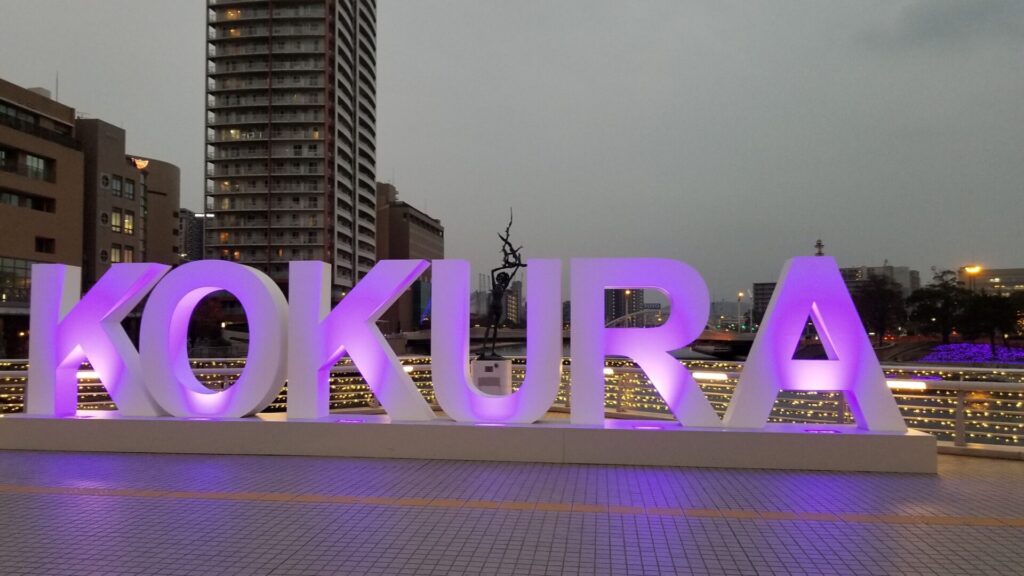
These were the places that I remember the most from my time in Kitakyushu, and I had hoped to share them with you. I really hope they give you as many happy memories as they had for me. Thank you for listening, and please enjoy yourself, never be afraid to experience something new!
Photo Credits:
All additional images taken and provided by the original author, used with permission.
All other content (text) created by the original author and © 2023 MUSUBI by Borderlink
RELATED
-
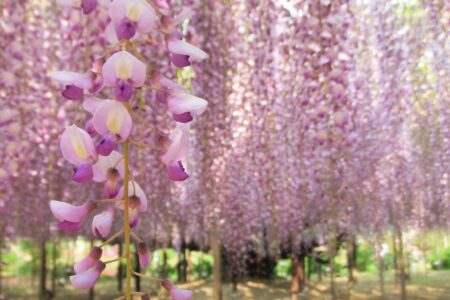
Ashikaga: City of Love and Flowers
Top Photo: melody111さん via PhotoAC Ashikaga is a city that is located north of Tokyo in Tochigi Prefecture. It… -
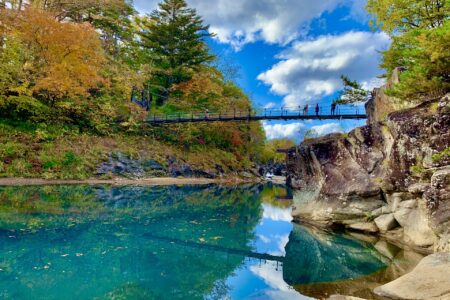
Ichinoseki: Shining Jewel of Iwate
Top photo: ウタタネ on PhotoAC Nestled in the heart of the Iwate Prefecture in Japan, the picturesque city of Ich… -
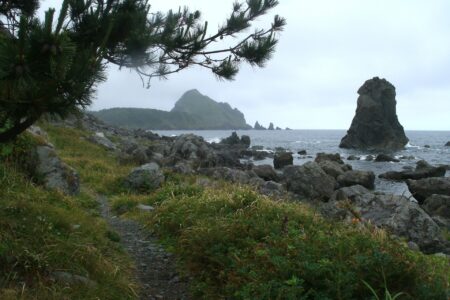
Sado Island: A Golden Voyage
Top photo: 砺山さん on PhotoAC Interested in seeing goldmines, spirited taiko drumming performances, and riding in…
PEOPLE

D. O'Shanely
From the United States
Adapting to Japan for 5 years!


